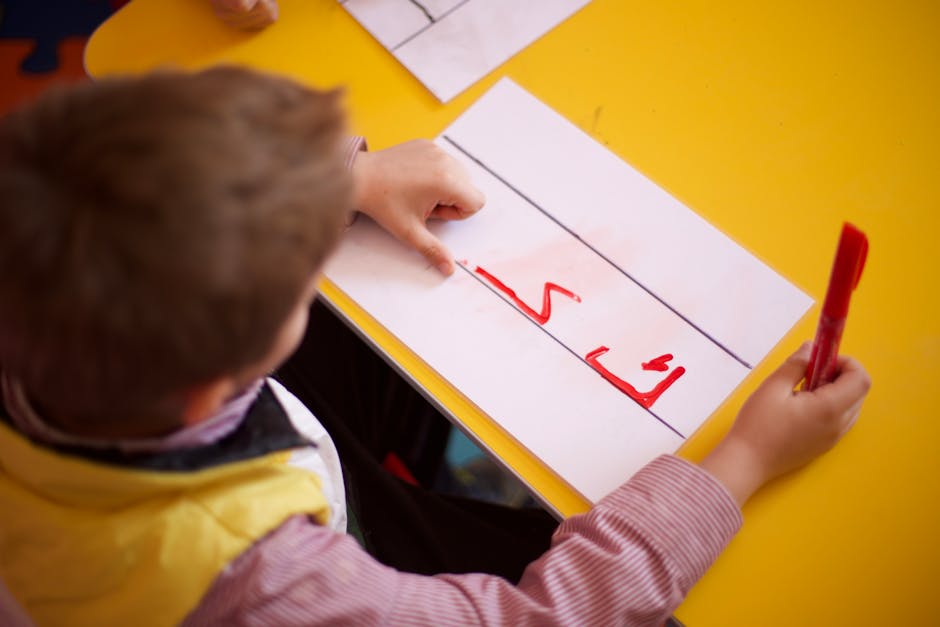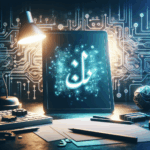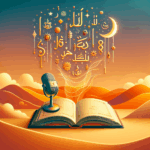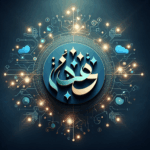The Role of the Arabic Alphabet in the Arab Renaissance
The Arab Renaissance, or Al-Nahda, was a period of intellectual and cultural revival in the Arab world. At the heart of this movement was the Arabic alphabet, a tool that not only preserved the rich literary heritage of the region but also propelled new ideas into the modern era. Let’s dive into how this script played a pivotal role in shaping a new cultural identity during this transformative time. 📚✨
Table of Contents
1. Introduction
2. Cultural Revival Through Script
3. Education and Literacy Expansion
4. Modernization of Language
5. Conclusion
6. FAQs
Introduction
The Arab Renaissance was a time of awakening that spanned the late 19th and early 20th centuries. As the Arab world sought to reclaim its cultural and intellectual heritage, the Arabic alphabet emerged as a critical medium for expressing new ideas and reinterpreting traditional values. Let’s explore how this seemingly simple script became a conduit for change. 🌍✒️
Cultural Revival Through Script
The Arabic alphabet is more than just a means of communication; it is a symbol of cultural identity. During the Arab Renaissance, writers and intellectuals utilized the script to revive ancient texts and introduce new literary forms. This revival was not just about preserving the past but also about using historical insights to fuel contemporary innovation.
By embracing the script, Arab thinkers were able to translate and reinterpret works of literature, philosophy, and science, making them accessible to a broader audience and sparking a cultural renaissance. 📜🔍
Education and Literacy Expansion
One of the most significant impacts of the Arabic alphabet during the Arab Renaissance was its role in expanding education and literacy. The increased availability of printed materials, thanks to the adoption of modern printing techniques, meant that more people could access educational resources than ever before.
Schools began to emphasize learning the Arabic script, which opened doors to a wealth of knowledge and ideas. This focus on education helped to foster a generation of thinkers who were well-versed in both traditional and contemporary subjects. 🏫📖
Modernization of Language
As the Arab world engaged with new concepts and technologies, the Arabic language itself underwent significant transformations. The alphabet was adapted to accommodate new vocabulary, often borrowing terms from European languages as part of the modernization process.
This linguistic evolution made it possible to discuss complex scientific and political ideas in Arabic, ensuring that the language remained relevant in a rapidly changing world. The flexibility of the Arabic script allowed it to seamlessly integrate these changes, reflecting the dynamic nature of the renaissance. 🗣️🔄
Conclusion
The role of the Arabic alphabet in the Arab Renaissance was nothing short of transformative. By serving as a bridge between the past and the present, it enabled a cultural and intellectual rebirth that continues to influence the Arab world today. As we look back on this pivotal period, the enduring legacy of the Arabic script reminds us of the power of language to unite and inspire. 🌟✍️
FAQs
Q1: What was the main purpose of the Arab Renaissance?
A1: The Arab Renaissance aimed to revive and modernize Arab culture, education, and thought by reconnecting with the rich heritage of the past while embracing new ideas and technologies.
Q2: How did the Arabic alphabet contribute to literacy during the Arab Renaissance?
A2: The Arabic alphabet was central to increasing literacy as it became more accessible through printed materials, enabling more people to read and learn.
Q3: Did the Arabic language change during the Arab Renaissance?
A3: Yes, the Arabic language evolved significantly during this period, incorporating new vocabulary and adapting to modern needs while maintaining its cultural essence.
Q4: Why is the Arabic alphabet important today?
A4: The Arabic alphabet remains a vital tool for cultural expression and communication across the Arab world, continuing to connect people with their heritage and facilitating the exchange of ideas globally.






